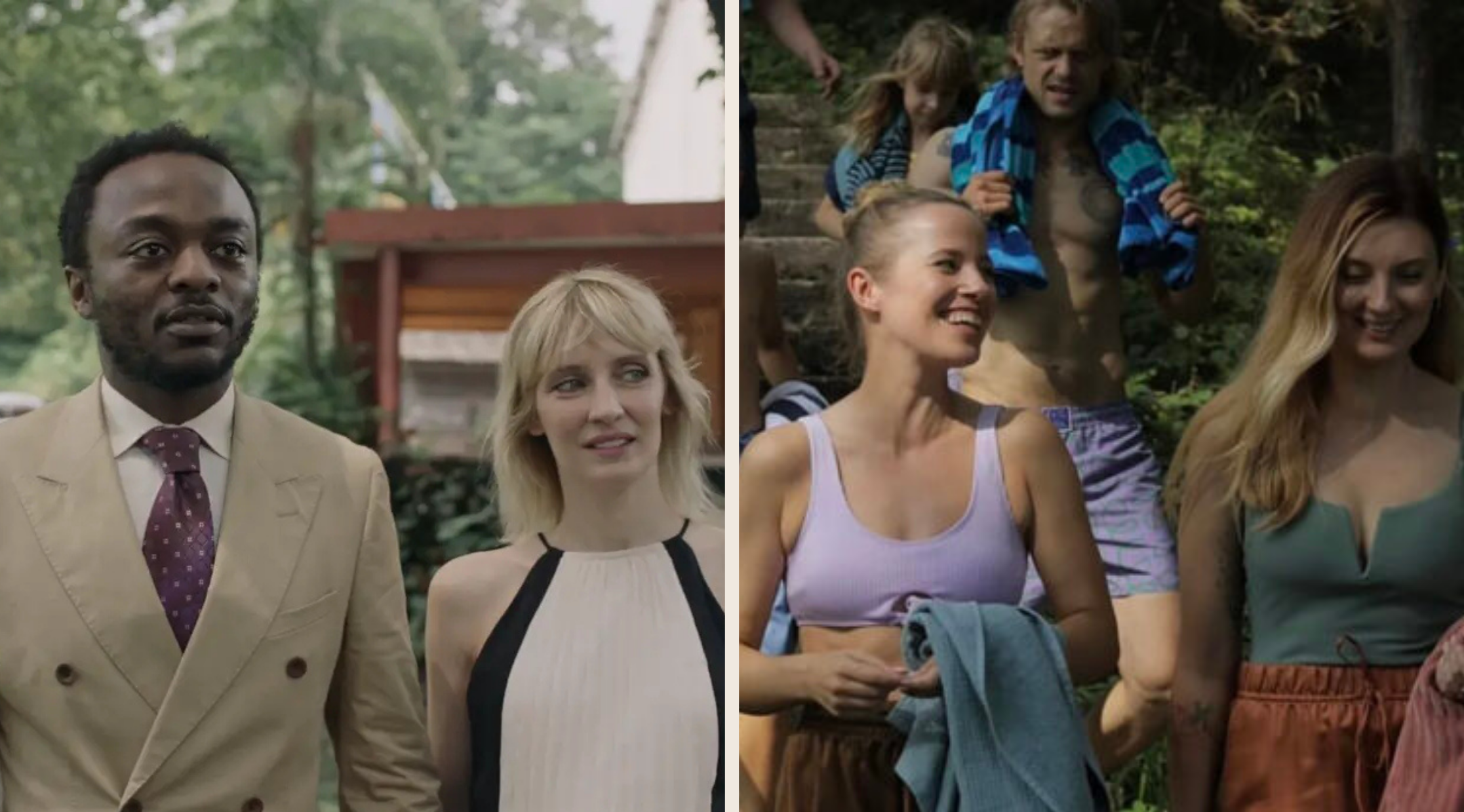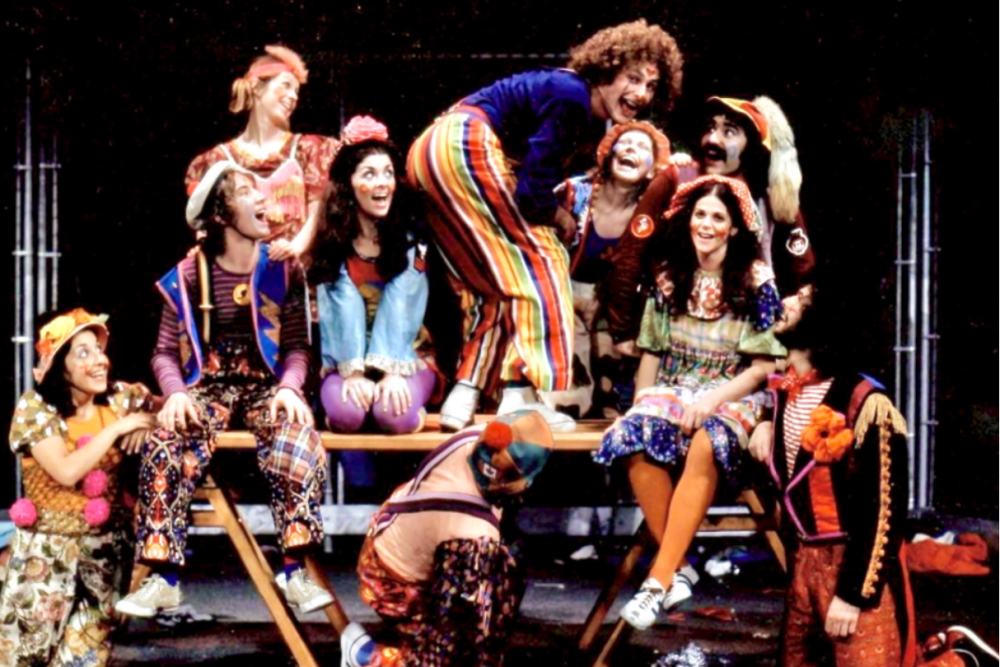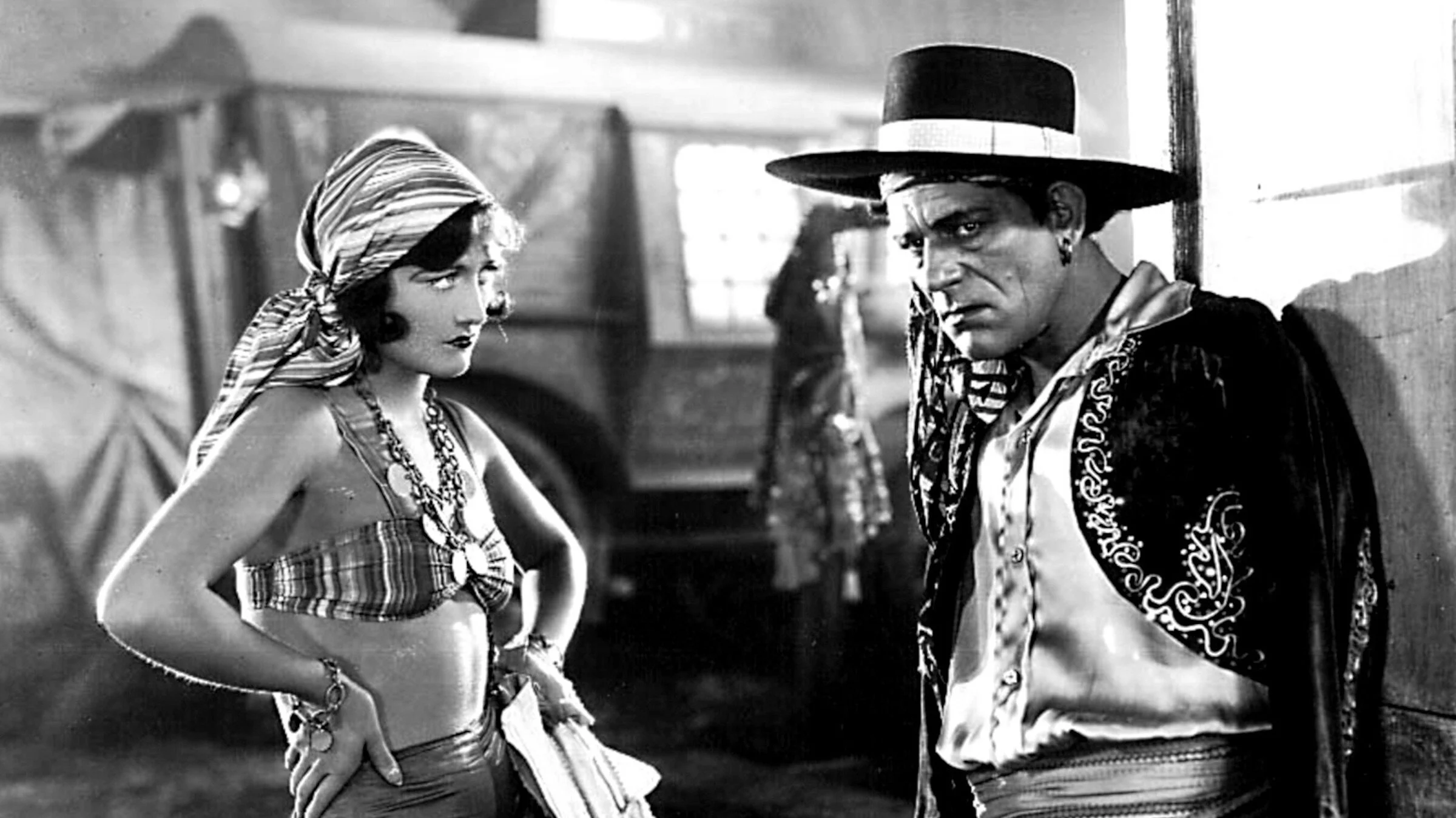New B.C. documentary Part of the Pack looks at the impacts of human contact with wolves
Those who succumb to the “call of the wild” may be further endangering animals already feeling the squeeze of urban development
Seasoned wildlife cinematographer Mike McKinlay makes a point of shooting coastal wolves from a long distance in Part of the Pack.
Part of the Pack premieres January 27 to 31 and February 1 and 2 at VIFF’s Vancity Theatre, with a Q&A screening at 4 pm on January 28 with the filmmakers. The Victoria premiere is at the Victoria Film Festival on February 10 at the Blue Bridge Theatre
THANKS TO MYTHOLOGY, FAIRY TALES, and even the Bible, wolves were feared and hated for centuries. But as a sensitively balanced new documentary reveals, the problem today—especially here in B.C.—may now be that they’re loved too much. Humans may be killing them with kindness.
In Part of the Pack, opening at VIFF this week and the Victoria Film Festival the next, filmmakers Isabelle Groc an Mike McKinlay focus on three British Columbians whose passion for wolves has led them to not just approach the animals in the wild, but raise them in their yards—and even living rooms.
“No one had been telling this story. Everyone has been making these fluffy documentaries about wolves—typical documentaries about the lives of wolves,” begins McKinlay, a longtime cinematographer who’s shot for the likes of National Geographic. “We’ve really tapped into the psychology of humans and the psychology of wolves.”
“We don't seek to judge these characters,” adds Groc, a journalist, author, conservation photographer, of the film’s human subjects. “We all seek to develop a connection to nature, to the wild. It’s good for our mental health and it brings us joy. So we’re really inviting people to consider all angles. What are the impacts of our connecting with the wild?
“I’ve always loved wolves: when you look into the eyes of a wolf there is some degree of familiarity,” she adds. “You think, ‘I know this animal’—possibly because of our relationship with dogs….So there's this attraction. But here is this predator who travels vast landscapes.”
Amid the three portraits in the film, which was more than four years in the making, is one of the most well-known recent examples of human-wolf connection: that of a coastal wolf named Takaya, who foraged and fascinated the public as he lived alone, on the tiny islands off Victoria—pictures of him going viral. Wildlife photographer Cheryl Alexander connected so closely with him, she says at one point in the film, “I felt he was howling to me.”
If you follow the news, you know things did not end well for Takaya. But when filmmakers Groc and McKinlay embarked on their project, they couldn’t have predicted what would happen—to Takaya or some of the more domesticated wolves in the film. Instead, they sought to explore human-animal conflict in a province where constant development is encroaching on the wilderness.
Elsewhere in Part of the Pack, we follow Gary Allan, a self-described “wolf educator” who tours schools with his lupine pet, Tundra, with several more kept caged on his property in Nanaimo, BC. And then there’s Samantha Law, a Vancouverite who bonded with a wolf-dog after personal trauma, but finds herself chaining her fridge closed and struggling to control her pet. Throw into the mix scientists, animal rights lawyers, and conservation officials, and you have a full debate about just how much people were ever meant to connect with wild animals.
“As we continued to film our character stories, everything that could go wrong in these situations did go wrong. Because of COVID and extensions we were able to follow this unfolding of events,” McKinlay says. “That has been so special to our movie: we show the proof of what could happen in real time. We had to carefully navigate how to document these unfolding events.”
“It was our proof of concept,” Groc adds. “Each one of these stories seems to converge and support what we had envisioned in the film.”
Of course, beyond filming their subjects, the production also required photographing wolves—notoriously elusive—in the wild. That led to some beautiful footage, especially of unique coastal wolves going about their lives on some of the province’s most remote beaches. Those rare experiences not only gave the filmmakers a direct experience of the magic and wonder around wolves in the wild, but raised their own ethical questions.
“I've been shooting wildlife for years, and oftentimes when I’d been out shooting, I’d hear these sounds of wolves. But I never saw them, so they’ve always been these ghosts of the forest to me,” McKinlay says. “It’s this apex predator that is so mysterious and has all this folklore and mythology around it—this misunderstood animal that we love and we fear—and to have an opportunity to film them was blowing my mind. To have this animal in your viewfinder was life changing—this animal that rarely anyone will see.”
But the cinematographer says he took extra care to avoid closeups of the creatures. “I always shot them in a way that showed their landscape and my distance from them,” he explains. “I wanted this look of a careful distance. I wanted to show that ‘This is where we need to be in nature.’”
Groc hopes that providing space for wolves will be top of mind the next time viewers of the film head out to the woods and beaches of the West Coast—but also into our own back yards.
“As urban development advances, there are more of these predators that are showing themselves to us humans, and not just wolves—coyotes, bears, cougars,” Groc explains.
“As they travel through the landscape they’re more likely to see people. They are not out there to seek humans, they’re just trying to survive in these new landscapes. So it becomes our responsibility, when we see these animals: how are we going to react? Are we going to seek them out and try to have these experiences and connections, or will we try to keep them wild? And what will it take to keep them wild?”













